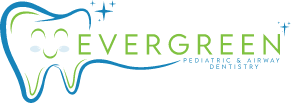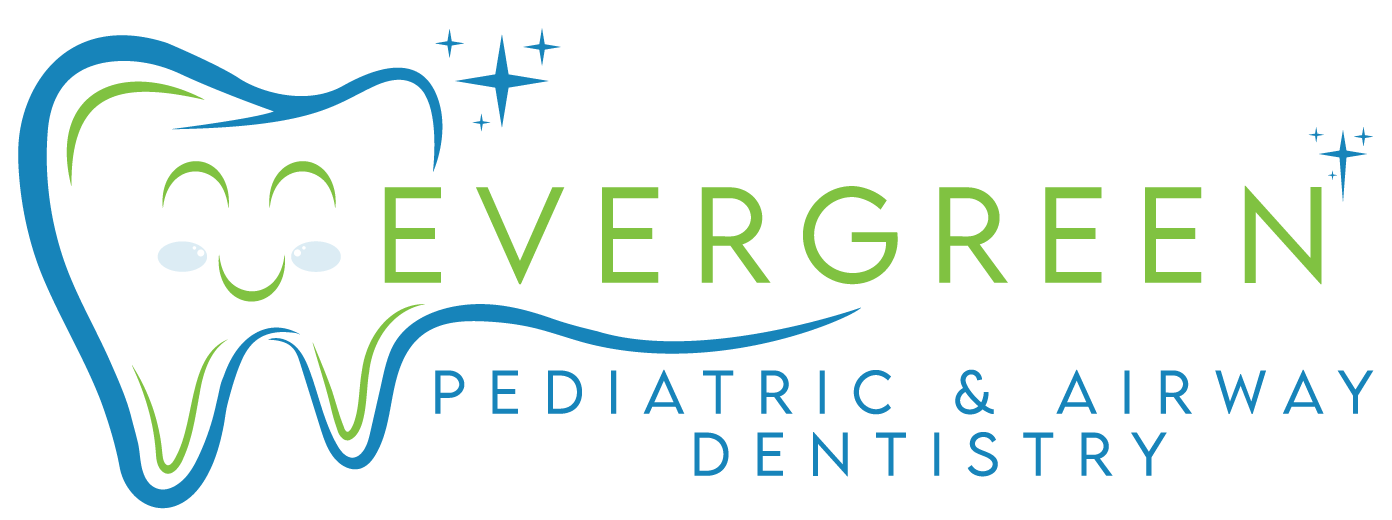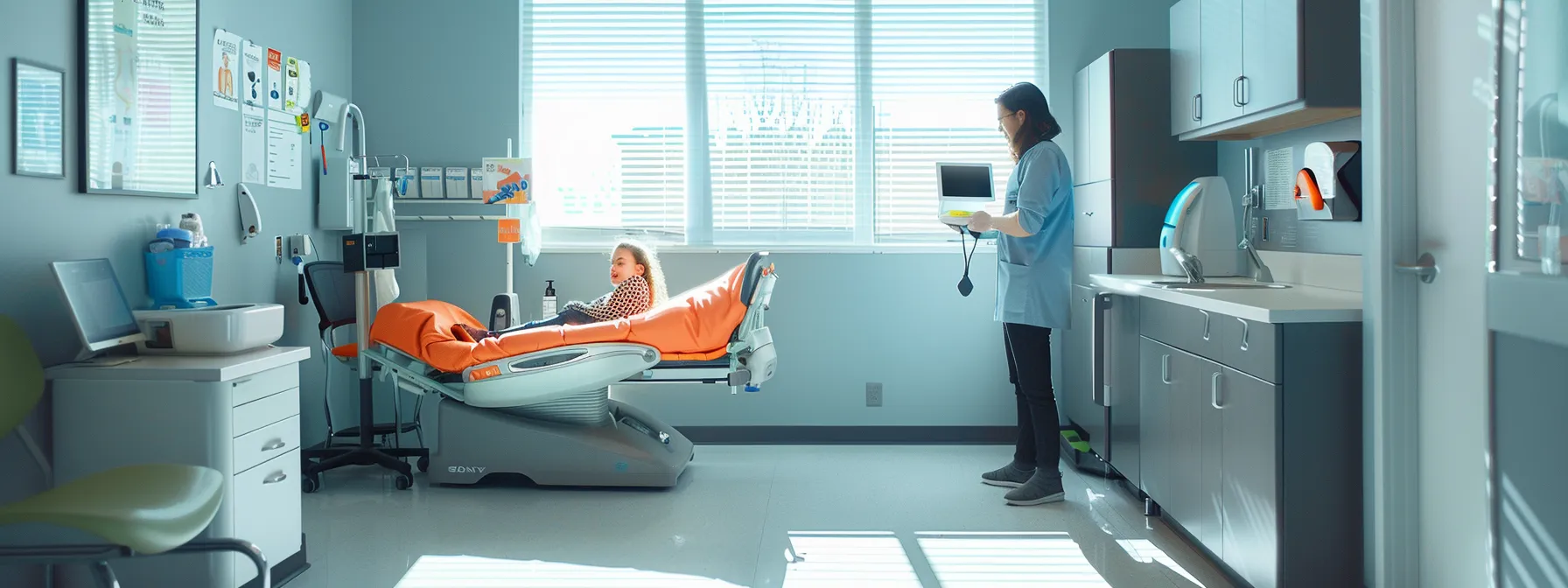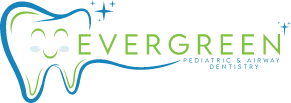Sleep apnea in children is more common than many parents realize. This article explores the role of oral appliances in treating pediatric sleep apnea. We’ll cover how these devices work, their benefits, and what parents should know when considering this treatment option. By understanding oral appliance therapy, you’ll be better equipped to help your child get the restful sleep they need for healthy growth and development.
Key Takeaways
- Sleep apnea in children can impact health, mood, and development if left untreated
- Oral appliances effectively treat pediatric sleep apnea, with success rates of 70-80%
- Regular check-ups and adjustments are crucial for long-term success of oral appliance therapy
- Lifestyle changes, like consistent sleep schedules and healthy diets, support oral appliance effectiveness
- Parents should monitor progress and communicate with healthcare providers to ensure optimal treatment outcomes
Understanding Sleep Apnea and Its Impact on Children
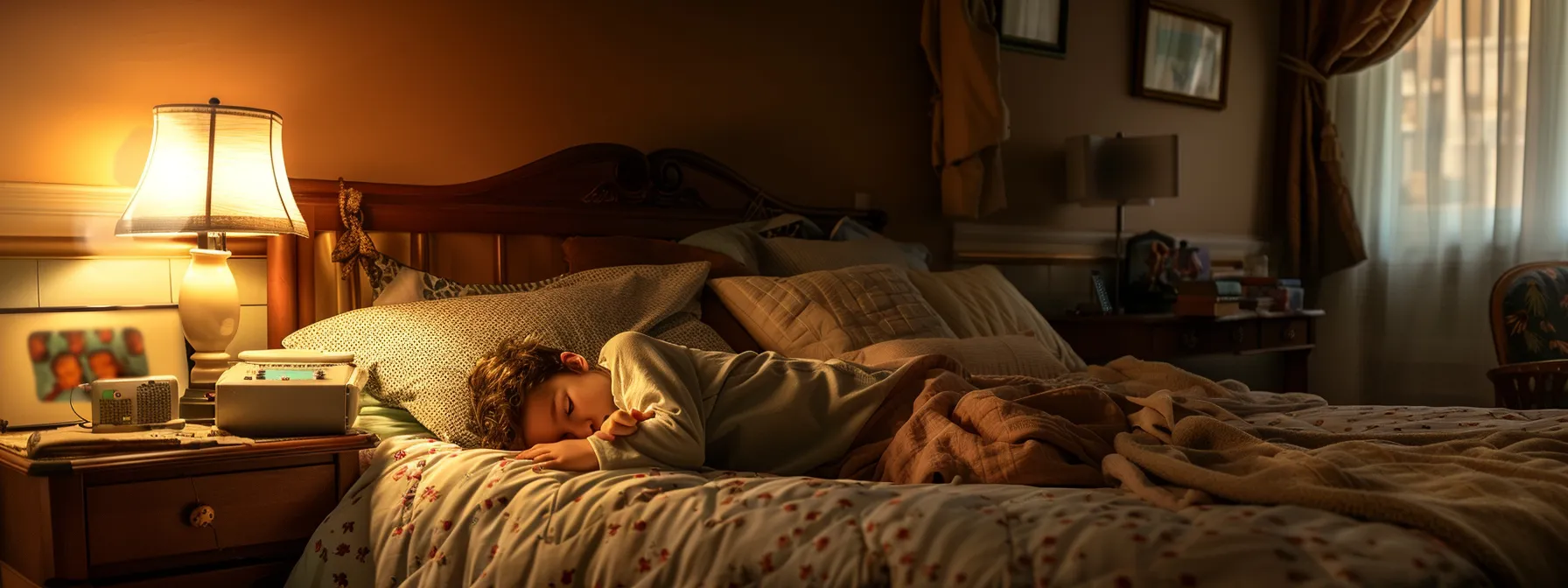
Sleep apnea in children can significantly impact their health and development. This section explores the signs and symptoms, different types, and potential causes of pediatric sleep apnea. Understanding these aspects helps parents and healthcare providers identify when a child might need treatment, which could include oral appliances, pediatric sleep apnea treatment, or surgery. For more information, visit evergreenkidsdentist.com or contact us. Recognizing sleep apnea early can prevent complications affecting a child’s mood, breathing, and overall well-being.
Recognize the Signs and Symptoms of Sleep Apnea in Kids
Parents should watch for signs of sleep apnea in their children, such as loud snoring, gasping for air during sleep, or daytime hypersomnia. Other symptoms may include irritability, difficulty concentrating, and bedwetting. At Evergreen Pediatric & Airway Dentistry, we examine the tongue and other oral structures to determine if they contribute to sleep-disordered breathing through our pediatric sleep apnea treatment.
In some cases, a referral to a medical doctor for further evaluation may be necessary. Early detection and treatment, which might include custom oral appliances or addressing issues like crowns, can significantly improve a child’s quality of life and overall health.
Explore the Different Types of Sleep Apnea Affecting Children
Children can experience different types of sleep apnea, each with unique causes and treatments. Obstructive sleep apnea, the most common type, occurs when the airway becomes blocked during sleep, often due to enlarged tonsils or nasal congestion.
Central sleep apnea, less frequent in children, happens when the brain fails to signal the muscles to breathe. Some children may have a combination of both types, known as mixed sleep apnea. Proper diagnosis often requires a comprehensive approach, including an evaluation and behavior assessment, to determine the best treatment plan. This may involve oral appliances, tongue-tie laser treatment, or other interventions to improve tooth alignment and breathing.
Identify Potential Causes of Sleep Apnea in Younger Populations
Several factors can contribute to sleep apnea in children, including enlarged tonsils or adenoids, obesity, and certain facial structures. At our practice, we often see cases where excess tissue in the throat or a misaligned jaw puts pressure on the airway, leading to breathing difficulties during sleep.
Sometimes, chronic conditions like allergies or sinus infections can cause inflammation and congestion, further complicating nighttime breathing. Interestingly, untreated sleep apnea can also manifest as seemingly unrelated issues like bad breath or unexplained toothaches, making it crucial for parents to be aware of these potential signs.
Benefits of Oral Appliances for Treating Sleep Apnea in Kids
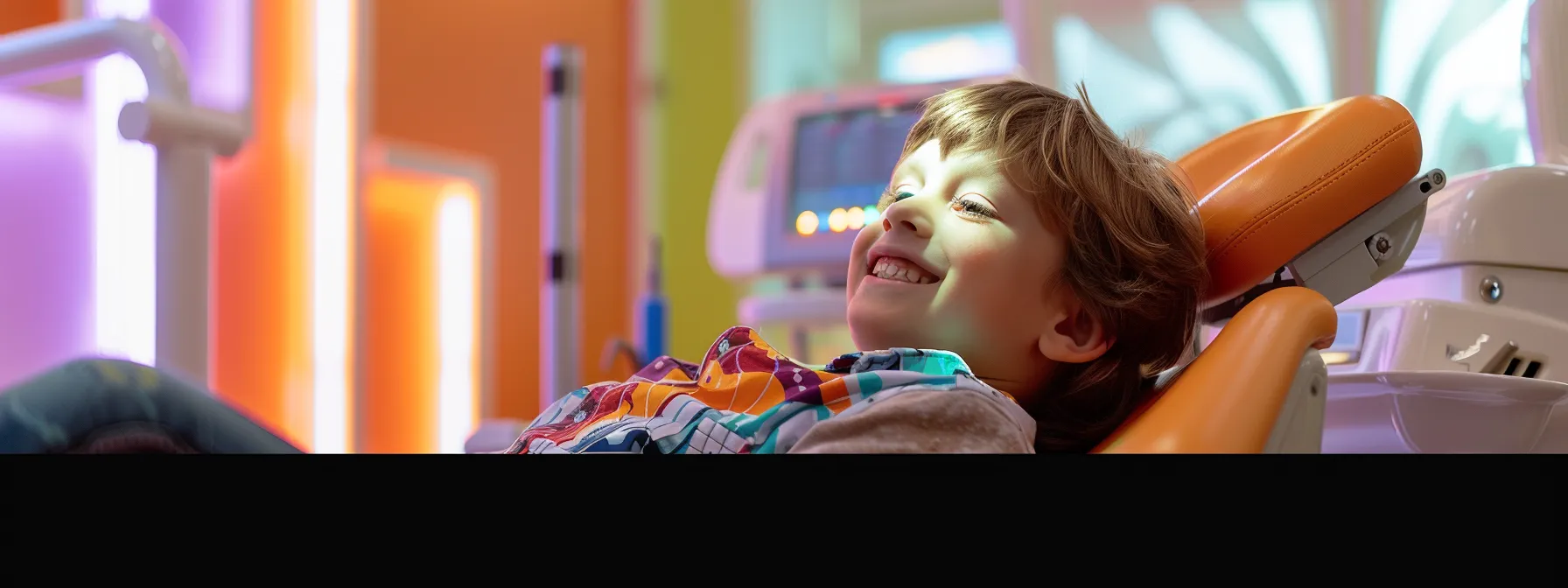
Oral appliances offer effective treatment for sleep apnea in children. These devices improve airflow, providing long-term health benefits and showing promising success rates. understanding airway dentistry helps parents address issues like insomnia and hypertension in their kids. By promoting better blood flow and reducing infant sleep disturbances, oral appliances can significantly enhance a child’s overall well-being.
Learn How Oral Appliances Work to Improve Airflow
Oral appliances work by repositioning the jaw and tongue to keep the airway open during sleep. At Evergreen Pediatric & Airway Dentistry, Dr. Susan conduct a thorough exam to determine the best device for each child. These appliances can improve blood pressure and overall health by ensuring proper airflow. The taste of the appliance is considered to encourage consistent use, which is crucial for effective pediatric-airway-dentistry treatment:
Discover the Long-Term Health Benefits of Using Oral Devices
Using oral devices for sleep apnea treatment in children offers substantial long-term health benefits. These appliances improve brain function by ensuring better sleep quality and reducing the risk of cognitive issues. At Evergreen Pediatric & Airway Dentistry, parents can take a kids airway quiz to assess their child’s need for therapy. The clinic’s team focuses on enhancing overall health through proper airway management, potentially preventing future complications like hypertension or developmental delays. To learn more about these benefits or to schedule a consultation, interested parties can contact the clinic directly.
- Improved brain function and cognitive development
- Better sleep quality leading to enhanced daytime performance
- Reduced risk of future health complications
- Proper airway management for overall well-being
Examine the Success Rates of Oral Appliances in Children
Studies show oral appliances effectively treat sleep apnea in children, with success rates ranging from 70% to 80%. Dentists at Evergreen Pediatric & Airway Dentistry often recommend these devices as an alternative to positive airway pressure therapy, especially for kids who can’t tolerate CPAP machines. Parents should contact the clinic to discuss if an oral appliance could reduce their child’s risk of sleep-related issues. While polysomnography remains the gold standard for diagnosis, oral appliances offer a non-invasive treatment option that can improve neck posture and breathing during sleep.
Choosing the Right Oral Appliance for Your Child’s Needs
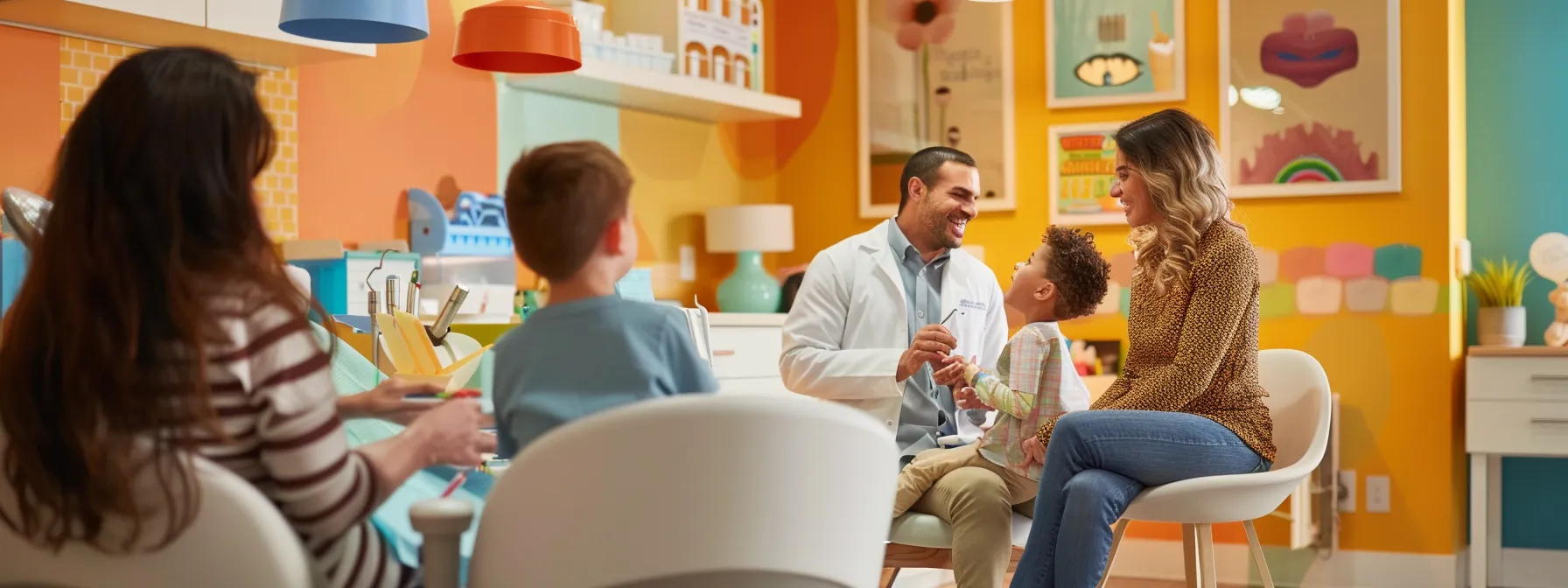
Selecting the right oral appliance is crucial for managing pediatric sleep apnea. Parents should explore various types available, considering factors like snoring severity and weight. Consulting with Dr. Susan at Evergreen Pediatric & Airway Dentistry ensures personalized recommendations for each child. Evaluating comfort and fit is essential for effective treatment, especially when addressing tongue and lip ties in the family.
Assess Various Types of Oral Appliances Available for Children
Oral appliances for children with sleep apnea come in various types, each designed to address specific oral health needs. In Bellevue, dentists with advanced dental degrees recommend devices like mandibular advancement appliances, which reposition the jaw to improve airflow during sleep. Tongue-retaining devices help keep the tongue from blocking the airway, ensuring patients breathe easier throughout the night. Some appliances combine these features, offering comprehensive solutions for young patients with complex sleep-related breathing disorders.
Consult With a Pediatric Dentist for Personalized Recommendations
At Evergreen Pediatric & Airway Dentistry, Dr. Susan provides personalized recommendations for oral appliances to address sleep apnea in children. They consider factors like fatigue levels, mouth breathing habits, and potential underlying diseases. The team offers vivos pediatric treatment, a non-invasive approach that combines medical expertise with advanced dental techniques. Parents can expect a thorough evaluation of their child’s condition, including:
- Assessment of sleep patterns and daytime fatigue
- Examination of oral structures and breathing habits
- Discussion of medical history and potential contributing factors
- Explanation of available treatment options, including Vivos
Evaluate Comfort and Fit for Effective Treatment Options
Evaluating comfort and fit is crucial for effective sleep apnea treatment in children. The team at Evergreen Pediatric & Airway Dentistry ensures that oral appliances are custom-fitted to each child’s mouth, promoting proper muscle function and optimal oxygen intake during sleep. They consider factors like tongue-tie and potential need for laser treatment, addressing root causes of sleep deprivation. The clinic’s approach focuses on creating a comfortable experience that encourages consistent use, leading to better outcomes:
How to Implement Oral Appliance Therapy at Home
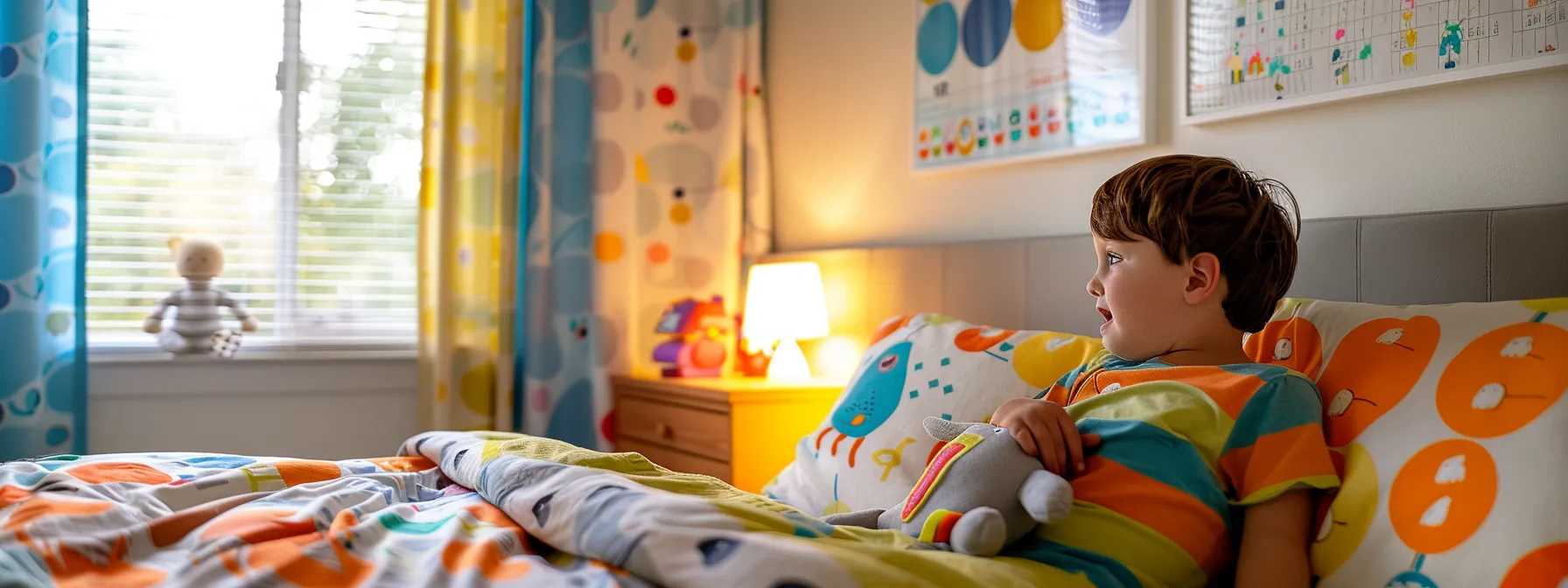
Implementing oral appliance therapy at home requires establishing a routine, monitoring progress, and maintaining communication with healthcare providers. Parents should set up a schedule for wearing and caring for the device, watch for changes in their child’s sleep patterns and any pain or discomfort, and keep Dr. Susan informed about the treatment’s effectiveness. Regular check-ins with the dental team at Evergreen Pediatric & Airway Dentistry help ensure optimal results.
Set Up a Routine for Wearing and Caring for Oral Appliances
Setting up a routine for wearing and caring for oral appliances is crucial for successful sleep apnea treatment in children. Parents should establish a consistent schedule for their child to wear the device each night, making it a part of the bedtime routine. Proper cleaning and storage of the appliance are essential to maintain its effectiveness and hygiene. The team at Evergreen Pediatric & Airway Dentistry recommends the following steps for a successful oral appliance routine:
- Put the appliance in before bedtime stories or other nightly rituals
- Clean the device every morning with a soft brush and mild soap
- Store the appliance in its case when not in use
- Regularly check for signs of wear or damage
- Bring the appliance to dental appointments for professional cleaning
Monitor Your Child’s Progress and Response to Treatment
Parents should closely monitor their child’s progress and response to oral appliance therapy. They can track improvements in sleep quality, daytime energy levels, and any changes in snoring or breathing patterns. Keeping a sleep diary helps identify trends and potential issues. Parents should watch for signs of discomfort or adjustment problems, such as jaw pain or tooth sensitivity. Regular check-ins with the dentist at Evergreen Pediatric & Airway Dentistry allow for timely adjustments and ensure the treatment remains effective as the child grows:
Maintain Open Communication
Parents should maintain open communication with the dental team at Evergreen Pediatric & Airway Dentistry throughout their child’s oral appliance therapy. Regular check-ins allow for timely adjustments and ensure the treatment remains effective as the child grows.
Parents can share observations about their child’s sleep patterns, any discomfort experienced, and improvements noticed. This feedback helps the healthcare providers fine-tune the treatment plan and address any concerns promptly, leading to better outcomes for the child’s sleep apnea management.
Potential Side Effects of Oral Appliances in Young Patients
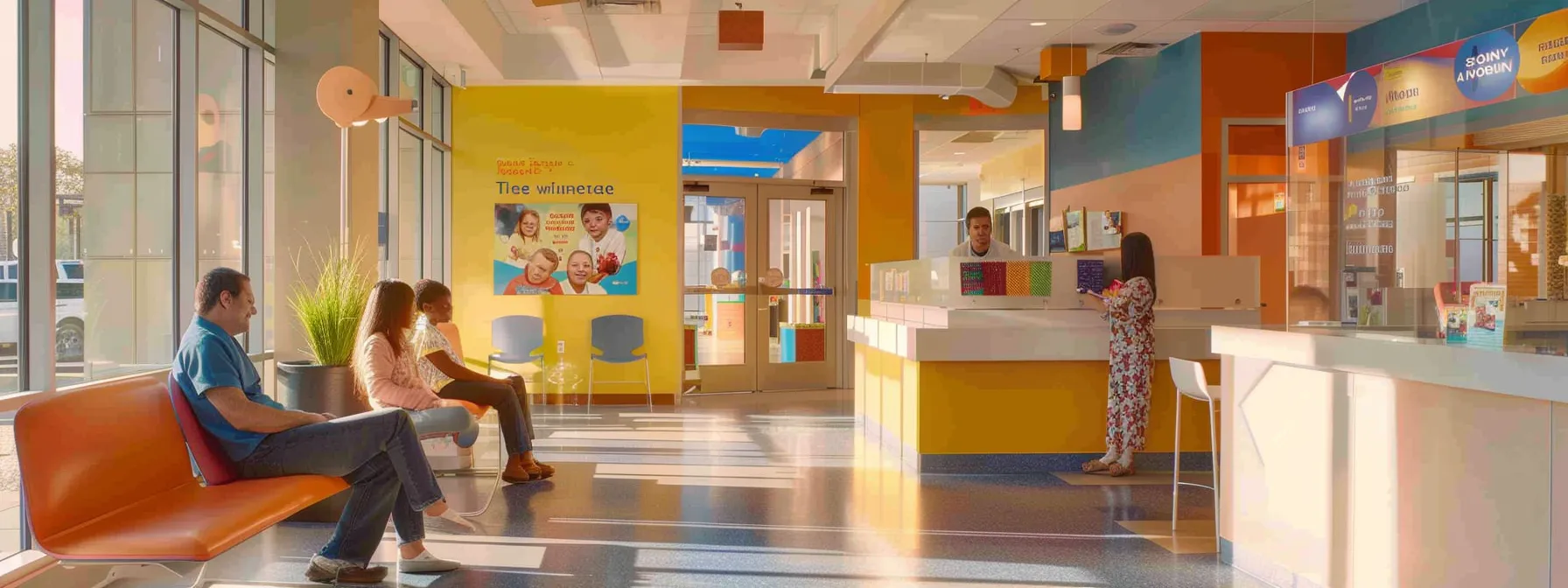
While oral appliances effectively treat sleep apnea in children, they may cause side effects. Parents should understand common issues, know when to consult a doctor, and learn how to manage these effects. Evergreen Pediatric & Airway Dentistry’s team helps families navigate potential challenges, ensuring the best outcomes for young patients using oral appliances.
Understand Common Side Effects Associated With Oral Appliances
Children using oral appliances for sleep apnea may experience some side effects. Common issues include temporary jaw discomfort, changes in bite alignment, and excessive salivation. Some patients report dry mouth or mild tooth sensitivity, especially during the initial adjustment period. At Evergreen Pediatric & Airway Dentistry, the team works closely with families to address these concerns, often finding that most side effects diminish as the child adapts to the device.
Identify When to Consult a Doctor About Adverse Effects
Parents should contact Evergreen Pediatric & Airway Dentistry if their child experiences persistent or severe side effects from oral appliances. Signs that warrant immediate attention include:
- Intense jaw pain or difficulty opening the mouth
- Significant changes in bite alignment
- Persistent headaches or ear pain
- Worsening of sleep apnea symptoms
- Allergic reactions or skin irritation
The dental team can assess the situation and make necessary adjustments to ensure the child’s comfort and treatment effectiveness.
Learn How to Manage and Mitigate Side Effects Effectively
Parents can effectively manage side effects of oral appliances by following guidance from Evergreen Pediatric & Airway Dentistry. The dental team recommends gentle jaw exercises to alleviate discomfort and suggests using over-the-counter pain relievers when needed.
For excessive salivation or dry mouth, they advise sipping water throughout the day and using sugar-free gum to stimulate saliva production. Regular check-ups allow for timely adjustments to the appliance, ensuring optimal fit and reducing potential side effects as the child grows.
Long-Term Management of Sleep Apnea and Oral Appliance Use
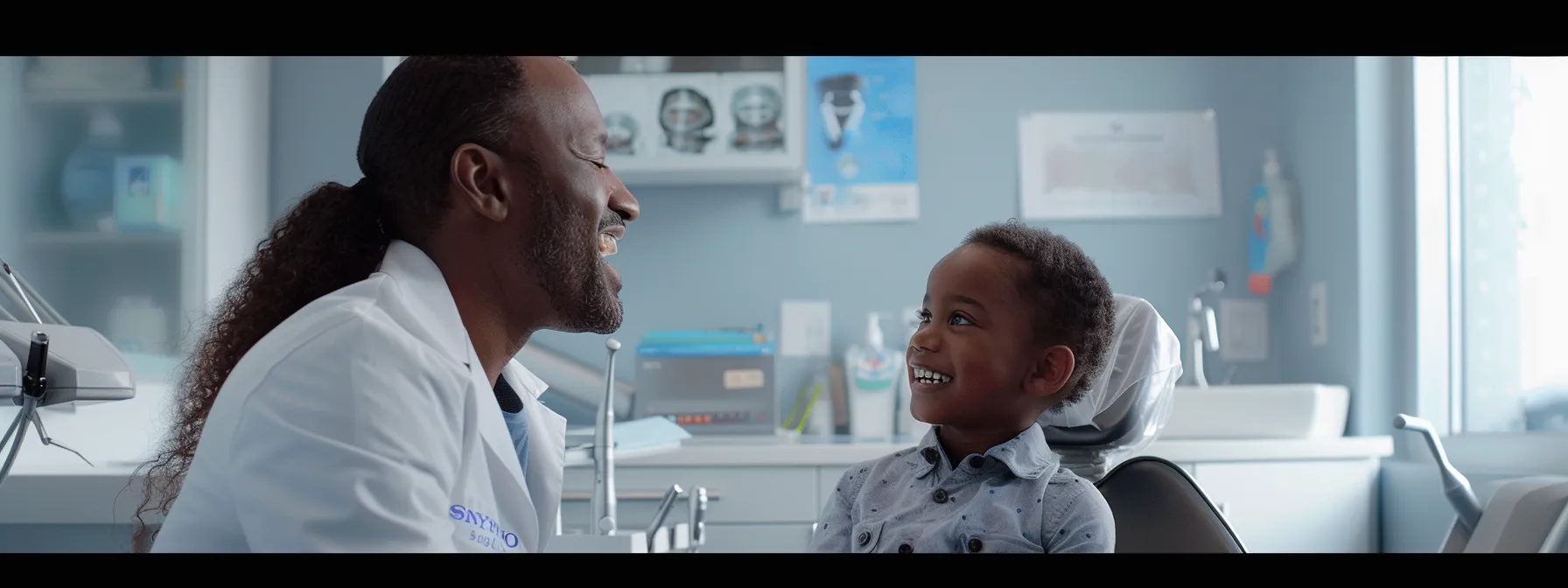
Long-term management of sleep apnea in children using oral appliances requires ongoing care and commitment. Regular follow-ups with healthcare providers ensure treatment effectiveness. Lifestyle changes support overall health, while consistent device usage maximizes benefits. At Evergreen Pediatric & Airway Dentistry, families receive guidance on maintaining oral appliance therapy for optimal sleep quality and child development.
Follow Up Regularly With Healthcare Practitioners
Regular follow-ups with healthcare practitioners are crucial for managing sleep apnea in children using oral appliances. Evergreen Pediatric & Airway Dentistry recommends scheduling check-ups every three to six months to assess the appliance’s fit and effectiveness.
During these visits, dentists evaluate the child’s progress, make necessary adjustments to the device, and address any concerns parents may have about their child’s sleep quality or overall health.
Adapt Lifestyle Changes to Support Treatment Effectiveness
Supporting oral appliance therapy for sleep apnea in children often involves lifestyle changes. Evergreen Pediatric & Airway Dentistry recommends maintaining a consistent sleep schedule and creating a relaxing bedtime routine. Encouraging regular physical activity and promoting a healthy diet can help manage weight, which often contributes to sleep apnea.
Parents should also focus on reducing allergens in the child’s bedroom and ensuring proper nasal breathing. These lifestyle adjustments complement oral appliance use and enhance overall treatment effectiveness:
Encourage Consistent Usage for Best Health Outcomes
Consistent usage of oral appliances is crucial for achieving the best health outcomes in children with sleep apnea. Parents can work with their child to establish a routine that makes wearing the device a natural part of the bedtime process. The team at Evergreen Pediatric & Airway Dentistry suggests using positive reinforcement techniques, such as sticker charts or small rewards, to encourage nightly use. Regular check-ins with the dental team help address any comfort issues promptly, ensuring the child remains motivated to use the appliance consistently.
Conclusion
Sleep apnea in children can significantly impact their health and development, making early detection and treatment crucial. Oral appliances offer an effective, non-invasive solution for managing pediatric sleep apnea, providing long-term health benefits and improving overall quality of life.
Selecting the right oral appliance and implementing proper usage routines are essential for successful treatment, requiring close collaboration between parents, children, and healthcare providers. By addressing sleep apnea early and consistently using oral appliances, families can help ensure their children achieve optimal sleep quality, supporting healthy growth and development.
Evergreen Pediatric Dentistry
https://www.google.com/maps?cid=14720788683151219551
12910 Totem Lake Blvd NE #103, Kirkland, WA 98034, United States
(425) 814-3196
https://evergreenkidsdentist.com/
